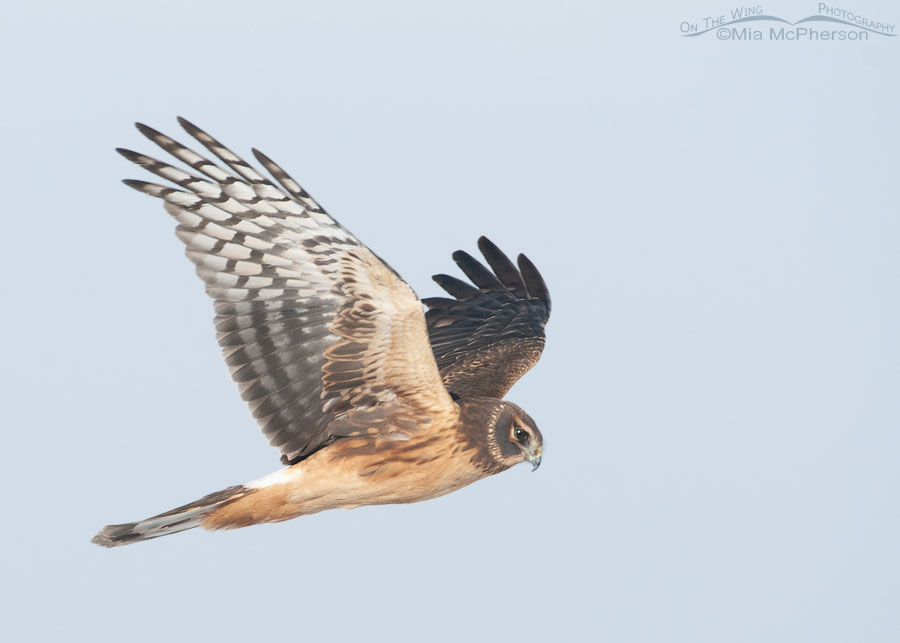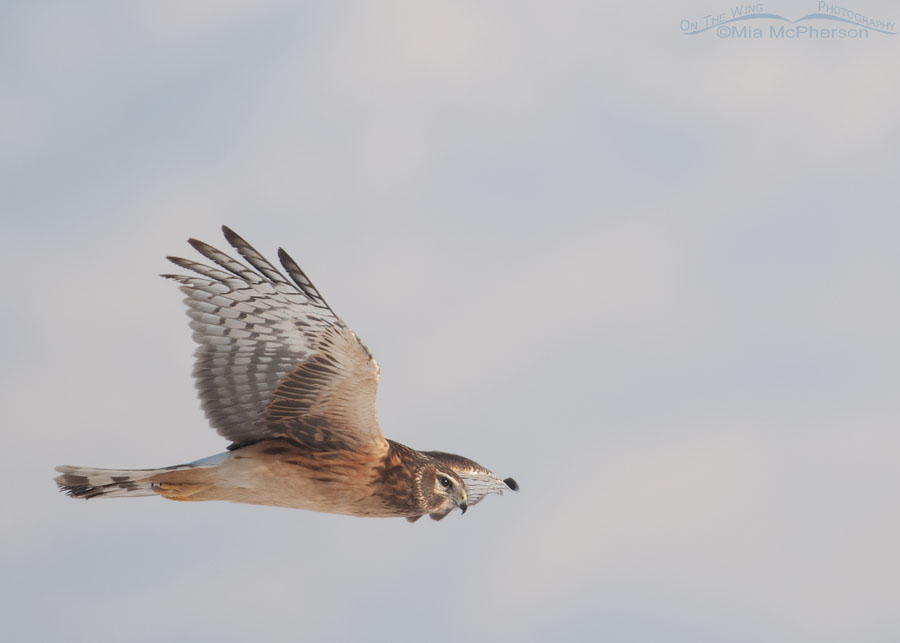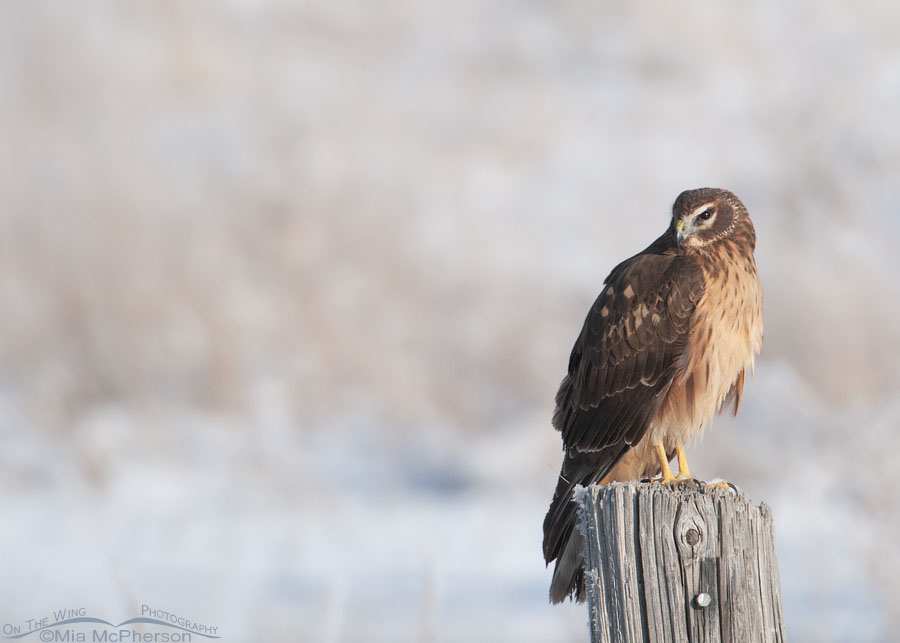Today I am sharing three photos of an immature female Northern Harrier that I took ten years ago at Farmington Bay WMA. I don’t see Northern Harriers at Farmington Bay now as frequently as I did just ten years ago. That is a very sad fact.
But is it any wonder that I don’t have these harriers in my viewfinder as often now?
 Immature female Northern Harrier scanning the marsh while in flight – Nikon D300, f6.3, 1/2000, ISO 640, +1.3 EV, Nikkor 200-400mm VR with 1.4x TC at 328mm, natural light, not baited
Immature female Northern Harrier scanning the marsh while in flight – Nikon D300, f6.3, 1/2000, ISO 640, +1.3 EV, Nikkor 200-400mm VR with 1.4x TC at 328mm, natural light, not baited
Let’s start with habitat destruction.
 Young female Northern Harrier on the wing – Nikon D300, f6.3, 1/1250, ISO 640, +1.3 EV, Nikkor 200-400mm VR with 1.4x TC at 400mm, natural light, not baited
Young female Northern Harrier on the wing – Nikon D300, f6.3, 1/1250, ISO 640, +1.3 EV, Nikkor 200-400mm VR with 1.4x TC at 400mm, natural light, not baited
The construction of the horribly planned West Davis Corridor has destroyed acres of great habitat for these harriers, other birds, and wild animals. On top of the habitat destruction, the noise of the machinery has to annoy the birds; it annoys me. But I can leave and go home.
That horrendous noise fills the home of these birds for hours and hours each day. I don’t think they even get a break from that auditory assault at night either. I drive through that area in pitch dark to get to Bear River MBR and they are working on that ‘corridor’ even then.
Harriers use sound to locate prey, much like owls do. If they can’t hear their prey, they don’t catch it, and they don’t eat. To get away from that awful noise, the harriers may have to fly way out to the edges of the marsh close to the Great Salt Lake—or, to be more accurate, what is left of the lake. Which is dying, due in part to the inaction of state government officials.
Oh yeah, let’s not forget all the cookie-cutter homes that have been built just to the north of the nature center. Those houses sit on what used to be prime habitat and the home of the harriers, other birds, and wildlife.
But they aren’t people businesses, which means the habitat, biodiversity, birds and wildlife don’t matter to the local or state government. Money matters more.
 Immature female Northern Harrier perched above a snowy field – Nikon D300, f6.3, 1/1250, ISO 400, +0.3 EV, Nikkor 200-400mm VR with 1.4x TC at 400mm, natural light, not baited
Immature female Northern Harrier perched above a snowy field – Nikon D300, f6.3, 1/1250, ISO 400, +0.3 EV, Nikkor 200-400mm VR with 1.4x TC at 400mm, natural light, not baited
There should have been a larger buffer zone around Farmington Bay WMA to protect the birds and animals. That includes the ducks that nest there and the Bald Eagles that come to the WMA during the winter.
Good people tried to fight the placement of the West Davis Corridor. State and local government officials ignored them and are to blame for the habitat destruction and for why there are fewer birds on the WMA. They simply didn’t and still don’t care.
It used to feel ‘wild’ at Farmington Bay WMA. Now you can’t escape the noise or avoid seeing the loss of habitat.
What’s next? An inland port to the northwest of the nature center? The West Davis Corridor would make that highly feasible and fundamentally possible, right? How freaking convenient would that be?
I would not be surprised.
Mia
Click here to view more of my Northern Harrier photos plus facts and information about this species.


Great pics. Harriers are beautiful.Your narrative is informative and disturbing. As long as money rules the roost…the fox will always be in the hen-house…consuming everything it finds. Thanks Mia.
This makes me so incredibly sad. They need to be reminded that if they keep this up they will be next to become extinct!
People who live indoors 24/7 have no connection to nature, flowers, butterflies, bird, trees…. therefore, they do not know and do not care.
Hiss and spit. Which is as polite as I can be.
I’m sorry to say we saw the same type of development along Highway 101 Lucas Valley Road. Short-eared owls were once always seen there.